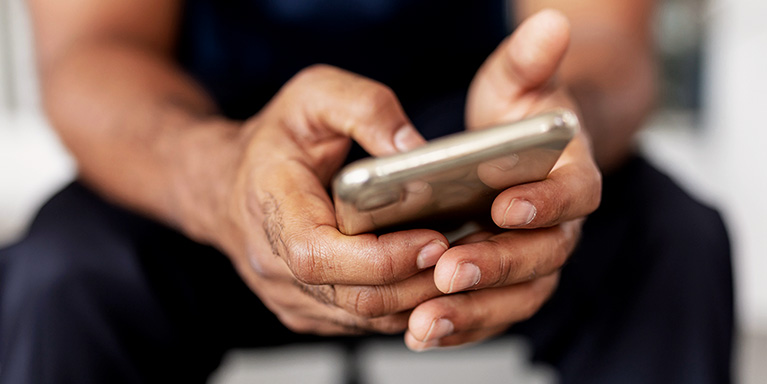

Introduction to 'Subscriptions'
Subscriptions are a way of paying for something. Usually, you make regular payments for a service or goods. Like paying once a month for a magazine or your movie streaming service. You don't need to keep ordering the same goods and services as it all happens automatically.
Subscriptions have been around for many years, from newspapers to weekly milk deliveries. Now there's even more to subscribe to, thanks to a wealth of online goods and services. This can be a real time-saver, but the costs can soon grow.
In this lesson, you'll learn more about subscriptions. You'll find out what they are, how to set them up and use them, plus tips to keep on top of them.
Bank of Scotland Academy is committed to providing information in a way that is accessible and useful for our users. This information, however, is not in any way intended to amount to authority or advice on which reliance should be placed. You should seek professional advice as appropriate and required. Any sites, products or services named in this module are just examples of what's available. Bank of Scotland does not endorse the services they provide. The information in this module was last updated on 9th October 2024.



